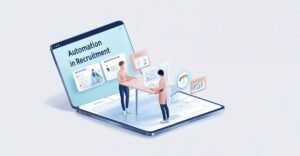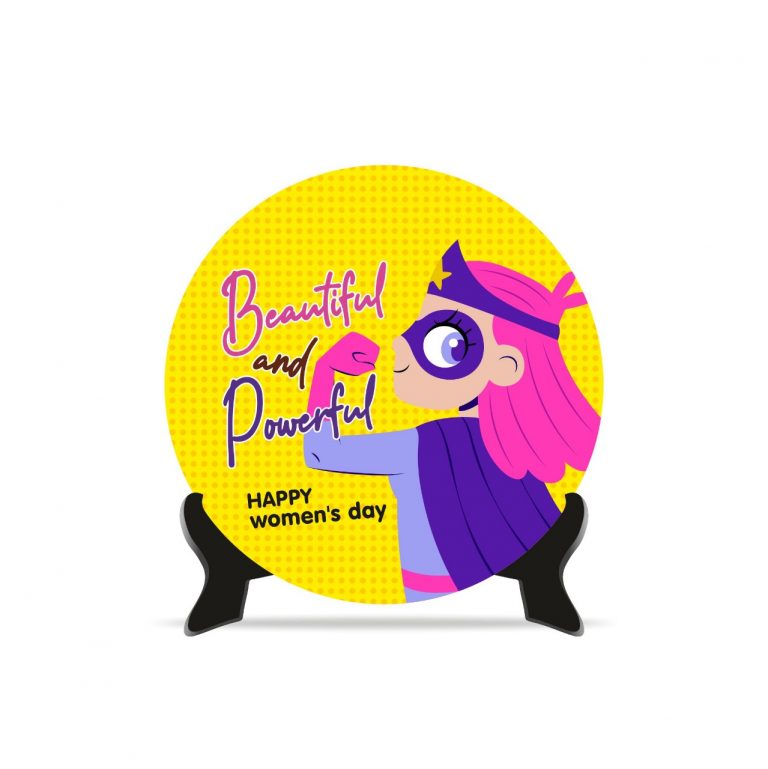AI has had a massive impact on our lives. Anything that has to do with technical skill has been affected by AI in some shape or form.
Today, we are going to check out the effects of AI on the HR, hiring, and recruiters market. Job recruiters are quite a sizeable part of the workforce. They get paid a premium for finding the right talent for a company.
This relies on reaching out to many different viable talents through emails, calls, and even messages through platforms like LinkedIn and Indeed. However, many recruiters fail to catch a lot of potential hires simply because they are not pitching the job correctly.
Badly written job offers that incorrectly list out the job requirements and skill set required are quite a big reason why recruiters and hiring managers fail to get a lot of hires. Today, we are going to look at some common problems with job descriptions and how AI can help solve them.
What Are Some Common Problems With Job Descriptions?
Given below are some common problems with job descriptions.
1. There Are Too Many Requirements
When hiring managers don’t have proper communication with companies or don’t have a proper understanding of the job that they have to hire for, they make poor job descriptions. This kind of error can also occur due to over-encumberment, i.e., the recruiter has put their hands in too many pies.
So, they don’t have the time to handcraft all of the job descriptions. As a cop-out, they simply put in every conceivable skill required that fits the general description. They also inflate the amount of experience needed.
This kind of job description scares away potential hires because they feel like it’s too much work and that the expectations are too high, or that they don’t qualify for it.
2. Too Much Jargon And Adjectives
Some hiring managers make the fatal mistake of trying to be extra fancy in their job descriptions. They use a lot of flowery adjectives and jargon to make it seem like the job is highly technical or demanding.
Have you ever seen a job description like this:
We need a seasoned, grizzled programmer who can seamlessly integrate REST APIs with the Node back end on a GitHub Fork.
Probably not, but you get the idea. This kind of job description is terrible at communicating what is expected of the applicant and results in fewer applications.
3. Failure To Communicate Company Culture And Values
Most prospective employees are not looking for just any place to work. They want to work at a good company that aligns with their own values and offers a good work-life balance.
A good job description needs to convey this information. Without it, hiring managers can lose out on potential recruits.
4. Poor SEO Of Job Listings
A job listing that does not account for SEO will have a really poor outreach. This will result in fewer applicants because most people would not even stumble upon that job listing.
Of course, that is less of a problem on platforms like Indeed where you can use a tag system to find the right job for you. However, even indeed has its brand of SEO that you need to account for to get your job listings to show up higher.
Related Posts
How Can AI Fix and Improve Job Descriptions
We have seen the problems that plague job descriptions, but now let’s see how AI can fix those problems.
1. Creating A Compact List Of Requirements
AI tools like ChatGPT, Claude, Bing AI, and Gemini can do a lot of things. A hiring manager can use these tools to create a list of requirements that are concise, comprehensive, and most of all accurate.
A hiring manager can sit down and talk to the head of the department where there is a job opening and discuss the job requirements with them. Then they can run those requirements through one of the aforementioned AI tools and get a better version of it, i.e., concise, clear, and only listing the critical requirements rather than all of them.
After getting approval on it, they can post the job listing, and this time, there will be fewer applicants who will get scared to apply due to overinflated job requirements.
2. Using Clear, Understandable Language With AI
There are many free AI tools out there that specialize in creating clear and understandable content. You can feed them a highly technical research paper and they will be able to simplify it enough for a middle schooler to understand well.
Typically, these tools are AI paraphrasers. With a paraphrasing tool, you can make sure that all extra adjectives and jargon are excised from your job description. A typical paraphrasing tool provides multiple ways of simplifying the write-up of a description.
You can experiment with them as it only takes a moment or two for a tool to paraphrase your content. Then, you can use either one version that is the best or combine two versions to create the greatest job description.
As a result, more people will interact with your job description because they can understand it better.
3. Communicating Your Company Culture
There is a really simple way of creating a job description that can communicate your company culture well. However, it requires that you have a website or a document that has a page dedicated to your company culture.
Then you can feed that page/website to an AI tool like ChatGPT and ask it to create a job description. The resulting text can be further optimized and then published as a job listing.
4. Using AI For SEO
AI tools can easily incorporate keywords and keyword clusters into a text as well as make its intent clearer.
You can make it so that your job listing is available on a couple of different websites so that you can capture different search intents (i.e., navigational—looking for LinkedIn jobs, or informational).
For each platform and intent, you can paraphrase, summarize, or rewrite your job descriptions with AI to incorporate the right keywords to match the search intent get the right applicants to your job, and increase your job listing’s outreach.
Conclusion
So, there you have it, how AI can help you maximize your potential by improving your job requirement write-ups. By avoiding the problems listed in this article and using the tips about AI, you can ensure that your job requirements reach far and wide and generate a lot of positive engagement. As such you will be able to hire better employees that fit your company culture and share your vision.










